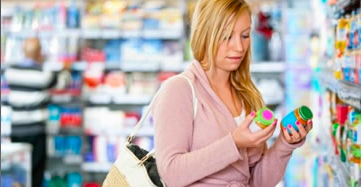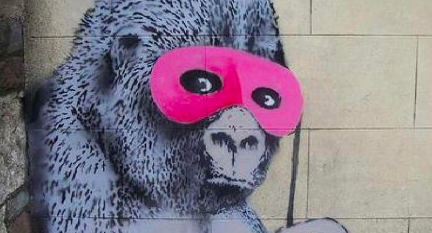Sampling is a great way to expose your product to users of a competitive brand, as well as new and existing consumers. These three groups can diversify a brand’s consumer base while encouraging brand loyalty, particularly if the consumer had a positive sampling experience.
Brands such as Coca-Cola, Red Bull, P&G and Kellogg’s realised long ago that sampling is the most effective way to get people to try – and then buy – their products. They spend millions of pounds every year on sampling programs. Why do such well-known market leaders need to sample? Simple; they want to keep their brands top of mind amongst consumers.
Now picture this: you are doing your monthly or weekly grocery shopping, you spot a new product on the shelf, it costs the same price of your product of preference, or a bit cheaper, would you give it a try and buy it? Or maybe you have tried a product and you didn’t quite like it. You see they have made a few changes and are promoting it with a new packaging. Would you give it another try and buy it?
When purchasing new products, many consumers wonder how effectively the product will meet their needs. According to our shopper research, the likelihood of purchasing after receiving a sample can range between 20% to 90%. A large part of this depends on the way brands are sampling.
A sampling program can achieve a variety of objectives while inducing trial. If you are launching a new product, for instance, you need to raise product awareness and have as much consumer interaction to spread positive word of mouth.
Over time, brands may need to be repositioned in the market. For example, a sampling campaign for an ageing brand may be designed to target younger users to overcome an unfavourable impression of being a brand for older people only. In this instance, a more personal experience-based approach will be more likely to break the barrier and win new consumers.
Price is often seen as a barrier with prestige brands. However, in the beauty industry for instance, research has proven that customers are ten times more likely to pay for full-size cosmetics after trying a sample.
Consumers feel more comfortable buying a product after experiencing it and seeing it demonstrated live. They also go online to compare and see what other people are talking about. If you lack in interactions with your consumers, both online and offline, you are missing out on conversions. Adopting a more personal approach and allowing consumers the chance to try different products will encourage them to find something they like, and ultimately buy.
This is why sampling should be an integral part of any marketing plan. To be effective, your sampling program needs to give the consumer a positive experience with your brand. It is also critical to measure the effect of your sampling campaign and ROI. When you are targeting the right audience at the right time and place, sampling can achieve an increase in brand loyalty, sales and long-term ROI. Bad targeting will result in low reach and wastage.
For more information or a free consultation about developing the right sampling strategy for your brand, contact us.



